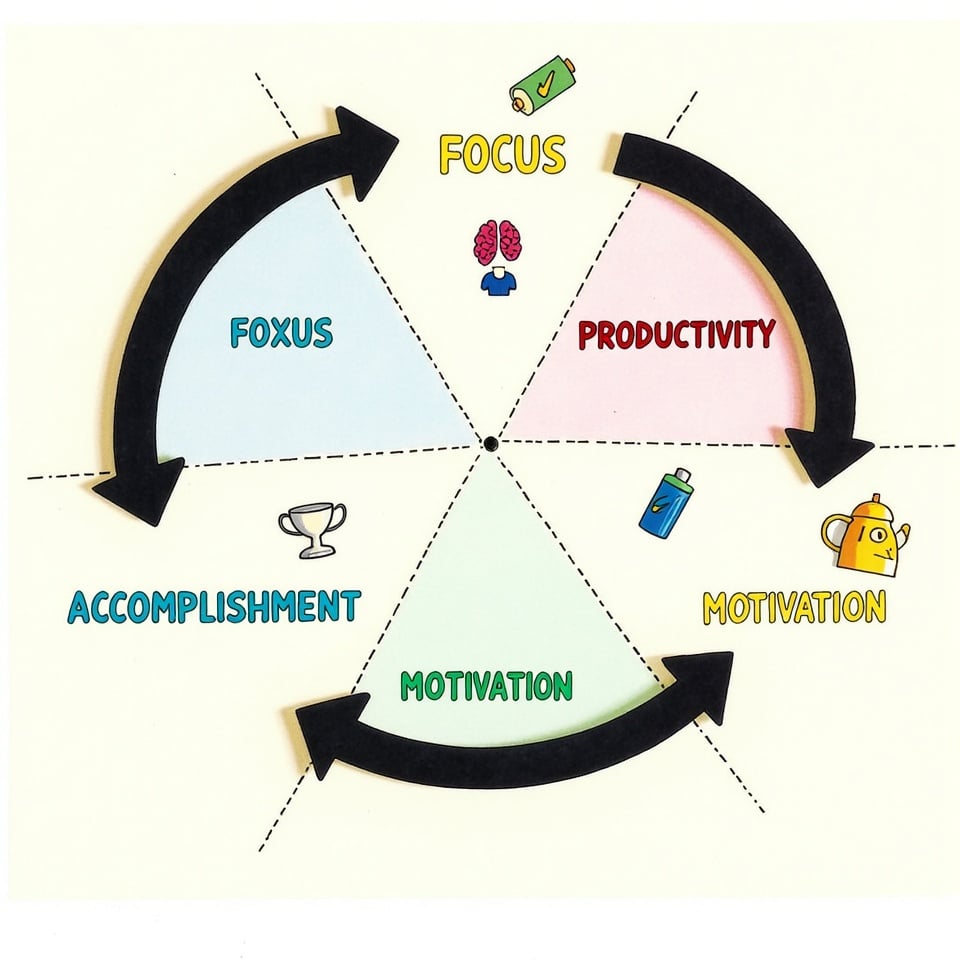You’ve probably heard the saying, “first impression is the last impression.” What does it mean? It means that the first thing people see or read can leave a lasting impression on them.
When you write a research paper, your introduction is like a first impression. It’s your chance to grab the reader’s attention and make them want to keep reading. A good introduction can make a big difference. It can make your readers curious and excited to learn more.
In this article, we’ll show you how to write a great introduction for your research paper. You’ll learn how to make it interesting, informative, and engaging. By the end of this guide, you’ll know how to write an introduction that will draw your readers in and keep them reading.
Table of Contents
What is the research paper introduction?
When you write a research paper, you’re sharing what you’ve learned about a topic with your readers. But before you dive into all the details, you need to introduce the topic to your readers. That’s where the introduction comes in.
Think of the introduction like a welcome mat. It greets your readers and invites them to learn more about your topic. A good introduction tells your readers what to expect from your paper and gets them excited to read on.
A research paper introduction usually does three things:
- It tells the reader what your paper is about (the topic).
- It explains why the topic is important or interesting.
- It gives the reader a hint about what they’ll learn from your paper.
A good introduction is like a roadmap. It shows your readers where they’re going and what they’ll discover along the way. And, just like a roadmap, it helps them stay on track and understand what they’re reading.
How long the introduction should be?
There’s no one-size-fits-all answer to how long a research paper introduction should be. The key is to make sure the introduction is in balance with the rest of the paper. A longer paper might need a longer introduction to set the stage, while a shorter paper can get by with a shorter introduction.
A good rule of thumb is to think about the introduction as a proportion of the whole paper. If your paper is brief, your introduction should be brief too. If your paper is longer and more in-depth, your introduction can be a bit longer to match.
The goal is to make sure your introduction is long enough to give your readers a good sense of what’s to come, but not so long that it overwhelms them. With a little practice, you’ll get a feel for what works best for your paper.
What to include in the introduction of research papers?
A good introduction sets the stage for the rest of your paper. It gives your readers the background information they need to understand your topic, and it helps them see why your research is important.
Here are some essential things to include in your introduction:
- Thesis Statement
- Background of the study
- Research gap
- Relevancy (how paper fills the gap)
- Rationale and motivation
A clear thesis statement
Your thesis statement is like a roadmap for your paper. It tells your readers what you’re going to explore and what you hope to discover. A good thesis statement is clear, concise, and focused. It should give your readers a sense of what to expect from your paper.
Background of the study
Before you dive into your research, you need to give your readers some context. This is where you provide some background information on your topic. You might talk about what’s already known about the topic, or what’s been studied before. This helps your readers understand why your research is important and how it fits into the bigger picture.
The research gap
Most research papers try to answer a question or solve a problem. But before you can do that, you need to show that there’s a gap in our current understanding. This is where you explain what’s missing from our current knowledge and how your research aims to fill that gap.
Relevancy (how your paper fills the gap)
Once you’ve identified the research gap, you need to explain how your paper will fill it. This is where you show your readers how your research will contribute to our understanding of the topic. You might talk about what new insights you hope to gain, or what new solutions you might discover.
Rationale and motivation
Finally, you need to explain why your research matters. This is where you talk about the rationale behind your study and what motivated you to explore this topic. You might talk about how your research will help solve a real-world problem, or how it will contribute to a particular field of study. By explaining why your research is important, you’ll help your readers see the value in your work.
What to include in introductions of scientific research papers?
When you write a scientific research paper, you need to include some important things in the introduction.
This helps your readers understand what your project is about.
A brief overview of your methodology
Your methodology is the way you did your research. It’s like a plan that you followed to collect data and test your ideas.
You should tell your readers a little bit about your methodology in the introduction. This might include things like:
- Did you do an experiment?
- Did you ask people questions in a survey?
- Did you observe something in nature?
Just give your readers a general idea of how you did your research. You don’t need to go into too much detail.
Your research question or hypothesis
A research question is a question that you’re trying to answer. It’s what you’re trying to figure out through your research.
A hypothesis is a smart guess that you’re testing. It’s like an idea that you think might be true.
You should clearly state your research question or hypothesis in the introduction. This will help your readers understand what you’re trying to do and why.
A brief literature review
A literature review is like a summary of what other people have already learned about your topic. You should tell your readers a little bit about what’s already known about your topic.
This will help them understand how your research fits in with what’s already been done. You don’t need to tell them everything that’s ever been learned about your topic. Just give them a general idea of the most important things.
How to write introductions for research papers?
Writing an introduction for a research paper can be tricky. But don’t worry, we’ve got some tips to help you get started!
- Use the CARS model
- Start from broad and then narrow down
- Keep it concise
- Use narrative style
- Write introduction at the end
- Add a relevant quotation or Anecdote
Use the CARS model
CARS is a helpful way to remember what to include in your introduction. It stands for:
- C: Context (give some background information on your topic)
- A: Action (explain what you’re going to do in your research)
- R: Relevance (explain why your research is important)
- S: Scope (explain what specific area of the topic you’re going to focus on)
Using the CARS model will help you make sure your introduction covers all the important points.
Start from broad and then narrow down
Imagine you’re looking at a big map. At first, you see the whole country. But then you zoom in on a specific city, and then a specific street.
That’s what you should do in your introduction. Start by talking about the big picture (the broad topic). Then, gradually narrow down to the specific area you’re going to focus on.
Keep it concise
Remember, your introduction is like a doorway to your research paper. You want to make a good impression, but you don’t want to overwhelm your readers.
Use narrative style
A narrative style means telling a story. You can use this style to make your introduction more interesting and engaging.
For example, you could start with a personal anecdote (a short story about something that happened to you). Or, you could describe a real-life scenario that relates to your research.
Write introduction at the last
It might sound strange, but it’s often helpful to write your introduction last. This is because you’ll have a better idea of what your research paper is about after you’ve written the rest of it.
So, go ahead and write the body of your paper first. Then, come back to the introduction and write it last.
Add a relevant quotation or anecdote
Finally, consider adding a relevant quotation or anecdote to your introduction. This can help grab your readers’ attention and make your introduction more interesting.
Just make sure the quotation or anecdote is relevant to your research and helps to illustrate your point.
FAQs
How to write a good introduction for a research paper?
Writing a good introduction for a research paper is like starting a conversation with your reader. You want to grab their attention and make them interested in what you’re going to say. To do this, start with a hook that grabs their attention, then give some background information on your topic, and finally, tell them what your research is about and why it’s important.
What is the first sentence of a research paper introduction?
The first sentence of a research paper introduction is called a hook. It’s a sentence that grabs the reader’s attention and makes them want to keep reading. It could be a surprising fact, a question, or a personal story that relates to your research.
What is the research paper introduction formula?
The research paper introduction formula is like a recipe that helps you write a good introduction. It’s called the CARS formula:
- C: Context (give some background information on your topic)
- A: Action (explain what you’re going to do in your research)
- R: Relevance (explain why your research is important)
- S: Scope (explain what specific area of the topic you’re going to focus on)
Using this formula will help you write a clear and interesting introduction.
How do you introduce yourself in a research paper?
In a research paper, you don’t need to introduce yourself like you would in a letter or an email. Instead, you’ll want to focus on introducing your research topic and explaining why it’s important. If you need to mention yourself, you can do so in the third person (e.g. “This researcher believes…”). But usually, you can just focus on the research itself and not mention yourself at all.







